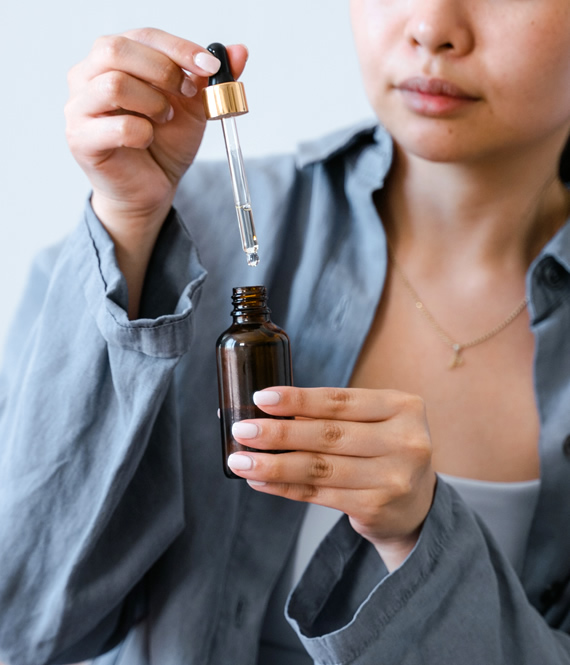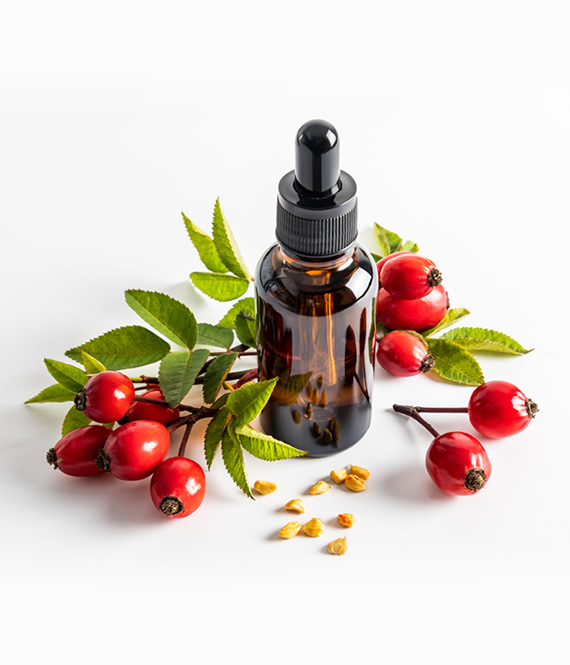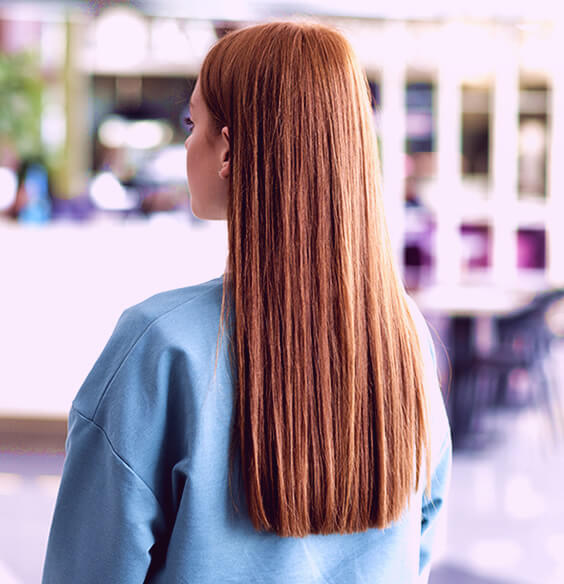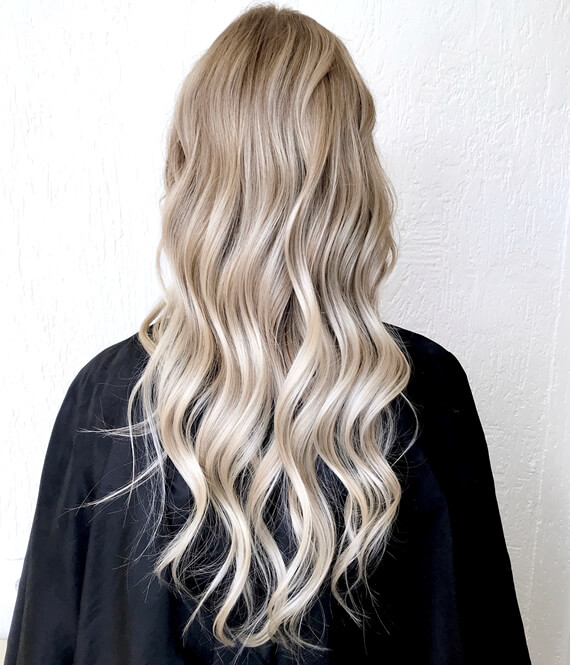
4 Things You Should Know About Azelaic Acid for Skincare
We recommend helpful products in our articles. Read our full disclosure here. The content on this website is not intended to be a substitute for professional advice, diagnosis, or treatment.
You’ve probably heard of skincare ingredients like vitamin C, retinol, alpha hydroxy acids (AHAs), and salicylic acid, but azelaic acid isn’t widely used or talked about.
However, just like those other ingredients, azelaic acid can do incredible things for your skin if used correctly.
What Dermatologists What You to Know About Azelaic Acid
Azelaic acid is the underdog ingredient in the skincare world that packs a lot of punch.
But before you start using azelaic acid on your skin, you should learn what it is and what it does.
1. What Azelaic Acid Actually Is
Azelaic acid is a compound found in rye, wheat, and barley that soothes irritation.
This highly-concentrated ingredient can be used to treat sunspots, melasma, acne, and rosacea.
Most products use lab-engineers azelaic acid because it’s more stable and effective.
When prescription-strength formulas (15-20%) are used alone, they’re super effective.
However, over-the-counter (OTC) azelaic acid must be combined with other ingredients to work well.
It can take several weeks for azelaic acid to start working.
You’ll need to wait a minimum of 2 months for an azelaic acid prescription or 3-4 months for OTC formulas to see a difference.
2. How to Use Azelaic Acid
Azelaic acid may be used alone as a spot treatment or paired with several ingredients for a more streamlined skincare routine.
Prescription-strength azelaic acid offers better results.
A prescribed azelaic acid lotion may be combined with other ingredients to boost its effects, but it doesn’t have to.
Whether you’re opting for an OTC or dermatologist-approved solution, you’ll find soothing and brightening ingredients like niacinamide and hydroxy acids in your serum.
You can pair azelaic acid with a sulfur wash, gentle cleanser, or moisturizer to reduce redness.
Dermatologists recommend applying azelaic acid at the final step of your skincare routine at night to reduce smearing.
Only use this ingredient as a spot treatment for dark or inflamed areas, and take your time blending the acid out to avoid sharp demarcation (deep white lines).
To make sure your product completely absorbs into your skin, wait 15 minutes before lying down and try to sleep on your back.
Otherwise, you may lighten the wrong parts of your face.
3. What Azelaic Acid Does to Your Skin
As a tyrosinase inhibitor, azelaic acid can interfere with melanin production.
That means this ingredient can prevent hyperpigmentation caused by acne scars, pimples, and hair bumps.
In the end, azelaic acid ultimately evens out the skin tone and decongests clogged pores.
Unlike other acids, this ingredient doesn’t make you more sensitive to the sun.
That doesn’t mean you shouldn’t apply sunscreen, but it will mean you’re less likely to get a sunburn.
Since azelaic acid can lead to dryness if used incorrectly, you should avoid layering it with BHAs and AHAs.
To play it safe, apply your azelaic acid topical without any added ingredients.
4. Who Should and Shouldn’t Use Azelaic Acid
As mentioned, azelaic acid can irritate and dry out your skin, so it isn’t meant for all skin types.
If you have combination or oily skin that isn’t too sensitive, you’ll benefit from its use.
Pregnant mothers should consult their OBGYN before adding azelaic acid into their skincare routine.
However, azelaic acid is considered safe to use during pregnancy and breastfeeding.
It can be difficult for pregnant mothers to treat acne or dark spots while breastfeeding, so the majority of OBGYNs will know of this product and recommend it.
Still, it’s better to ask your doctor first.
Some people with very sensitive skin could experience burning, stinging, and hyperpigmentation when using azelaic acid.
Avoid applying this treatment near your lips and eyes when starting.
It’s recommended to do a patch test on your jawline before you apply it to the rest of your face.
Scroll down for more tips below!
"We love to research problems, examine studies, analyze solutions, and share with you ideas that make life healthier. You can learn about us and our editorial standards here. Have suggestions or feedback to share? Send us a message!."













Leave a Comment